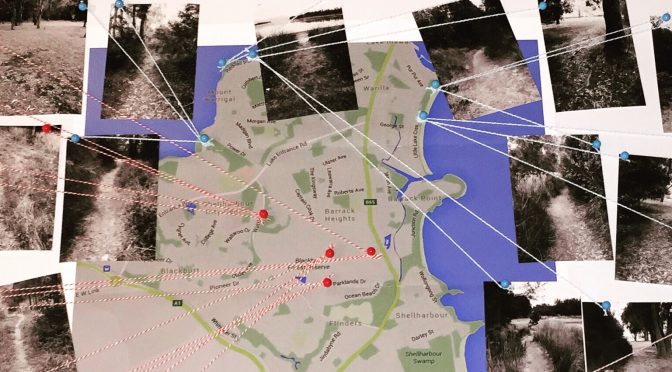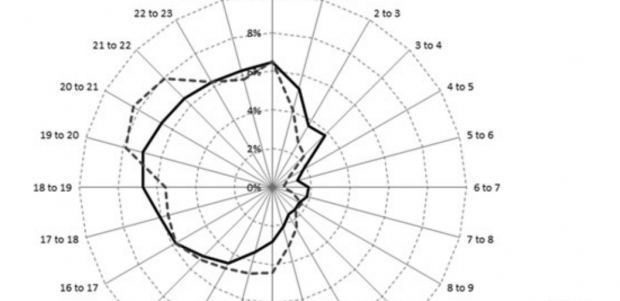Here’s the abstract of our final project, also available for viewing at blogs.ubc.ca/mappinglungcancer.
TITLE
Lung Cancer Mortality in the Eastern United States: A Geographical Perspective
AUTHORS
Carly Gardner and Evan Morrow
OBJECTIVES
We examined geographic patterns of lung cancer mortality in the eastern United States. We focused on counties in order to reveal smaller scale variance in environmental and socioeconomic factors associated with lung cancer.
METHODS
We used ESRI’s ArcMap to generate hot spot maps and to conduct ordinary least squares (OLS) and geographically-weighted regression (GWR). County-level socioeconomic data was provided by the US Census Bureau (1999, 2000). Lung cancer mortality rates were collected from the Centers for Disease Control and Prevention WONDER Online Database (1999-2003). County-level smoking prevalence in 1999 was provided by Dwyer-Lindgren et al. (2014).
RESULTS
The GWR had a higher adjusted r-squared value (0.62) than in OLS Models 1 (0.48) and 2 (0.54). Highest local r-squared values were present on the western side of the region, particularly in northern Georgia, northeastern Alabama, and Tennessee (0.64 – 0.72). The proportion of rented homes, proportion of non-white population, median income and radon risk were each significantly associated with county-level lung cancer mortality rates, relationships that were spatially non-stationary across the eastern United States.
CONCLUSION
The results of our analysis indicate that, aside from smoking prevalence, there are numerous statistically significant variables that are associated with lung cancer mortality. Our analysis provides evidence that the associations between lung cancer mortality and numerous socioeconomic and environmental parameters vary across space. It calls for local context-specific efforts to address lung cancer mortality in the eastern United States.





